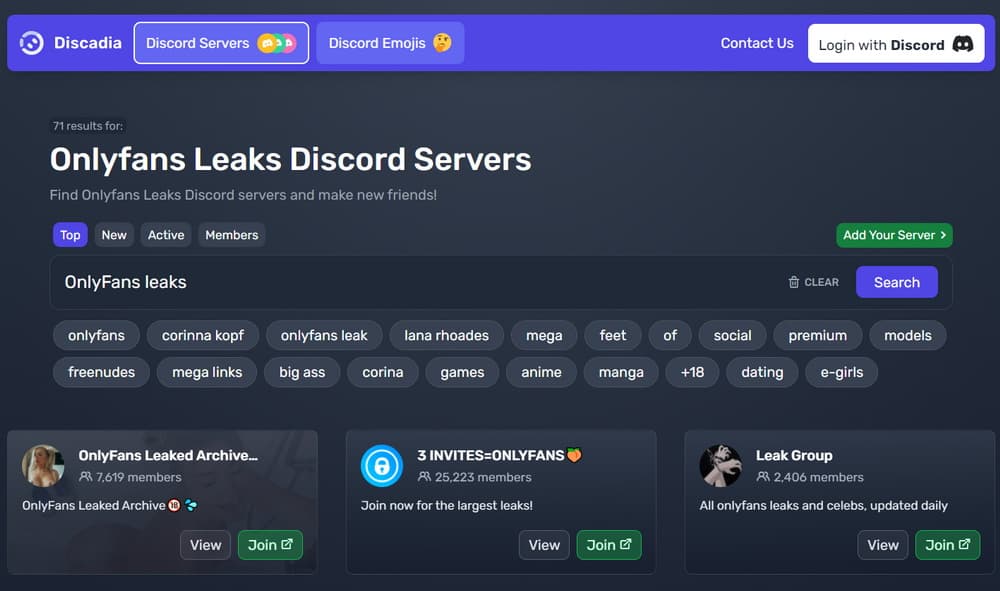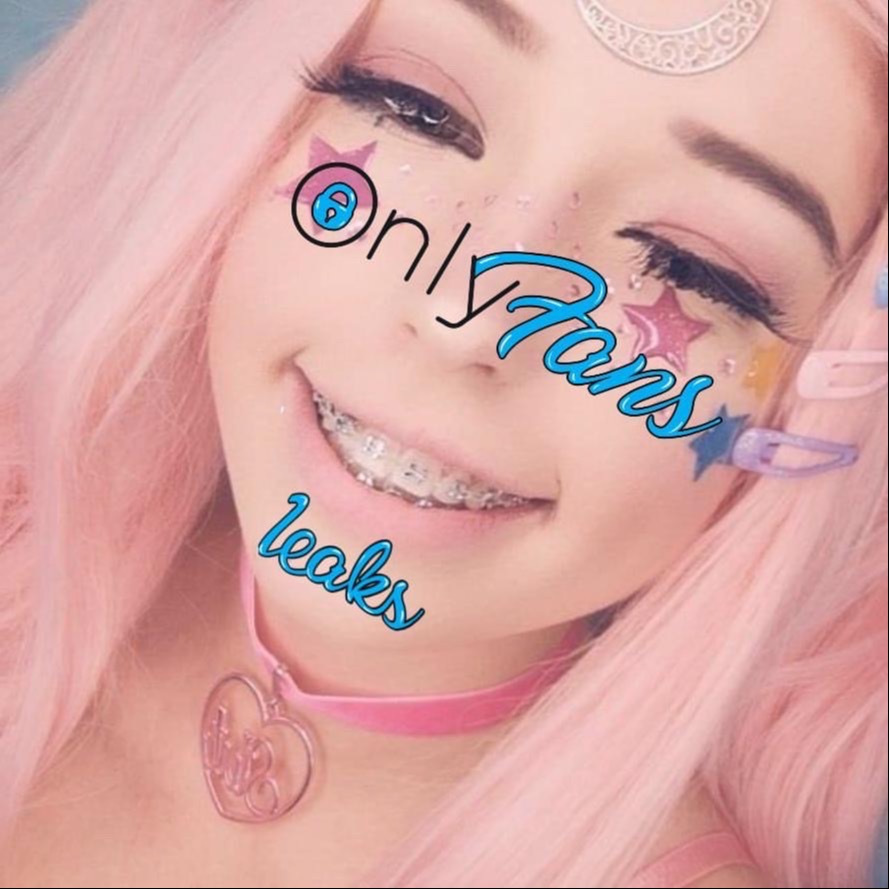In the labyrinthine world of the internet, where information flows like an unchecked river, have you ever paused to consider the profound and often irreversible implications of leaked content? The digital age, while offering unprecedented access to information and connection, has also birthed a shadowy underbelly, a realm where privacy is fragile, and the consequences of exposure can be catastrophic.
The digital landscape is constantly evolving, and with it, the methods employed to disseminate and exploit sensitive data. The rise of platforms like OnlyFans, a social media haven initially known for its explicit content, has created a fertile ground for both creators and consumers. The pandemic accelerated its popularity, but with that boom came a darker side. This is where the concept of "leaks" takes center stage, revealing the fragility of online security and the ethical dilemmas that plague the digital age. The content in question often finds its way onto various platforms, including hacking forums, discord groups, and dedicated leak repositories, causing distress and damaging reputations.
A recent incident that began circulating earlier this week involved rumors of an OnlyFans leak that started on Twitter and other social platforms and forums. The speculation among concerned OnlyFans users was that the site, which is a major destination for creators to monetize their content, had experienced a significant security breach, potentially exposing sensitive material. While OnlyFans itself maintains that it wasn't hacked, the origin of this content, however, is multifaceted, often originating from multiple sources and potentially involving various means of acquisition, including theft, hacking, or sharing.
The reality is that the issue of leaks extends far beyond the confines of a single platform or a specific genre. There is a vast ecosystem dedicated to the acquisition, dissemination, and monetization of private content. Platforms like "ofleaks.to" are the example of this kind of ecosystem which provides access to thousands of models, and is unfortunately, a testament to the demand for such content. These sites often boast massive collections of data, claiming to have "the world's largest public collection of previously secret information," with new data being added daily.
The very existence of this illicit market is a symptom of a larger problem the erosion of privacy in the digital age. Every piece of content shared online, every interaction, and every piece of data collected is vulnerable to compromise. Once information enters this digital maelstrom, its control is lost, and the potential for misuse is limitless.
The justice system is attempting to address the issue. The Department of Justice is poised to crack down on information leaks to the news media, and prosecutors are authorized to issue subpoenas to news organizations as part of leak investigations. They can serve search warrants when appropriate and compel journalists to testify about their sources. This is the complex balancing act between protecting privacy and upholding the principles of a free press.
Researchers and experts have also stepped into the fray, attempting to mitigate the damage caused by leaks. One researcher, for instance, created a tool to help creators check if their content is part of a leak and how to report it. This proactive approach aims to give individuals some measure of control over their data and to provide them with recourse when their privacy is violated.
For creators, the implications of leaks can be devastating, ranging from reputational damage and financial loss to harassment and even threats. The impact on mental health and well-being can be profound, and the recovery from such a breach can be long and arduous. It is crucial for content creators to take proactive measures to protect themselves.
One of these measures is understanding the tools available for them. Some creators employ watermarks, both visible and invisible, designed to deter unauthorized use and to trace the source of leaks. Watermarks placed strategically throughout a video or image can make it difficult for others to crop or remove them. Invisible digital watermarks or metadata embedded within content can help identify the origin of a leak.
The challenge is significant. As technology advances, so do the methods employed by those seeking to exploit vulnerabilities. There are Discord groups that exchange leaks for other leaks. The creation of any content creates potential for leaks. The only thing that creators can do to protect themselves is a series of action.
It's important to reiterate the legal and ethical implications of accessing or distributing leaked content. The act of viewing, sharing, or downloading such material is often illegal and can have severe consequences, including fines and imprisonment.
The problem is not new. A Google Drive folder containing private videos and images from hundreds of OnlyFans accounts was shared on a hacking forum. Then in response to the demand and popularity of leaked content platforms like "ofleaks.to" were developed. These platforms are always looking for new data, and the content found on them has been sourced from several means.
The situation underscores the urgent need for greater vigilance, both on the part of individuals and on the part of the platforms and services that host content. Robust security measures, proactive monitoring, and a commitment to ethical conduct are essential to navigate the challenges of the digital age.
The issue of content leaks is a complex and multi-faceted problem that demands attention and action. It requires a collective effort. It is a problem that requires a comprehensive solution from governments and content platforms. It is also a problem that requires individual users to understand the implications of their online behavior.
The digital realm is a powerful force, but it is also a dangerous one. As we navigate this evolving landscape, it is critical to prioritize privacy, security, and ethics. Only by doing so can we hope to create a digital world that is safe, secure, and respectful of all.
The consequences of these leaks are multi-faceted and potentially devastating. The potential for these leaks to impact individuals is considerable. It serves as a reminder of the importance of digital security, the need for caution, and the necessity of respecting the privacy of others in the ever-evolving digital landscape.
| Topic | Details |
|---|---|
| Platform in question | OnlyFans |
| Nature of Content | Explicit videos and photos, often involving creators sharing content directly with subscribers. |
| Type of Leak | Alleged sharing of private content through various means. |
| Potential Impact on Creators | Reputational damage, financial loss, harassment, and threats. |
| Source of Leaked Content | Various sources, including data breaches, unauthorized sharing. |
| Legal Implications | Distribution of leaked content may be illegal. |
| Platform Response | OnlyFans claims not hacked, but the origin of the content is from multiple sources. |
| Number of Models on Ofleaks.to | 500+ |
| Current Users on Ofleaks.to | +99 |
The incident highlights the vulnerability of online platforms and the urgent need for robust security measures to protect user data. It also reminds us of the importance of practicing safe online behavior, including protecting personal information and exercising caution when sharing content.
The online world has become a complex landscape. To navigate this, it is essential to approach it with awareness and caution. It's also important to learn about the latest security measures. It's a landscape that we all need to take more seriously.
The future of digital privacy requires vigilance and a commitment to ethical conduct.



